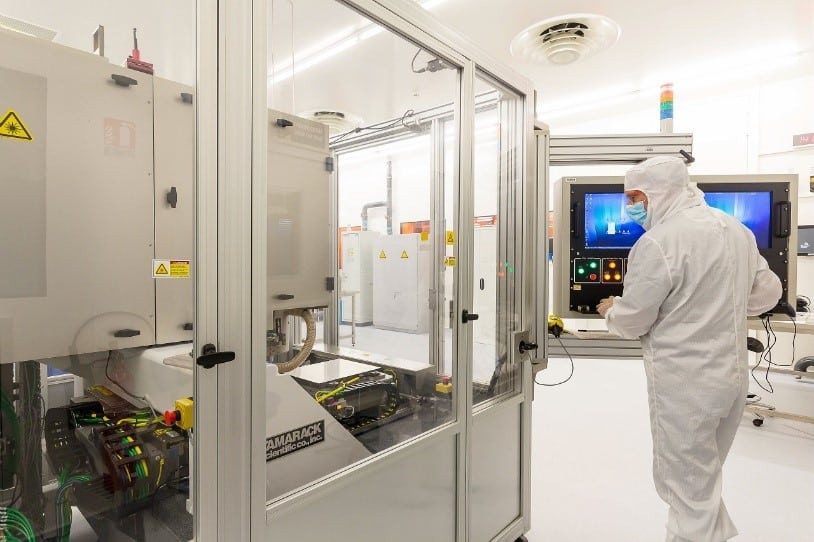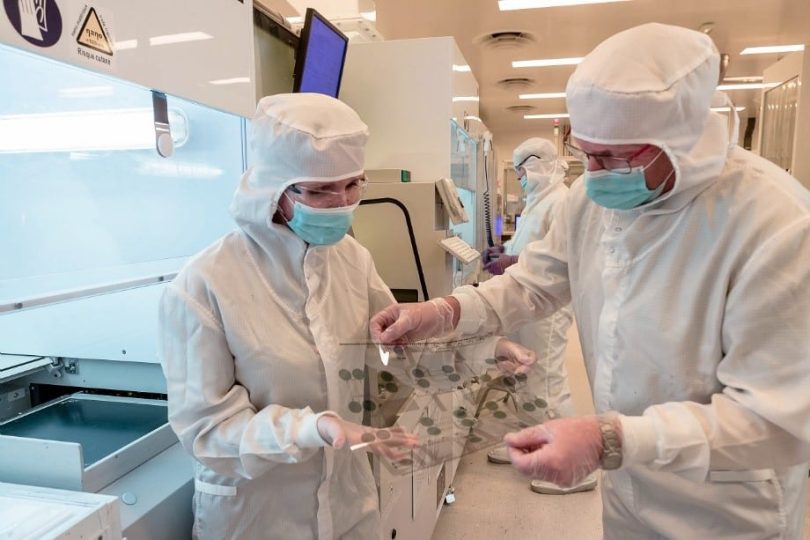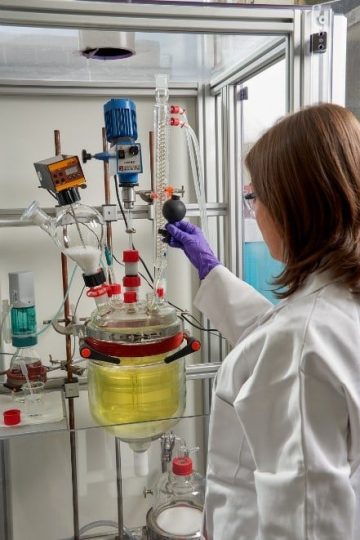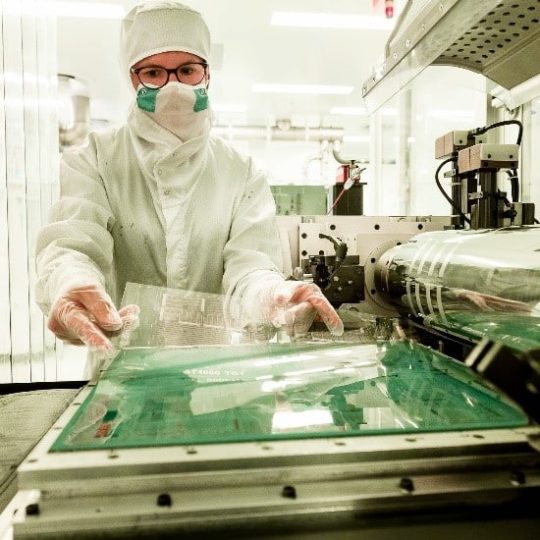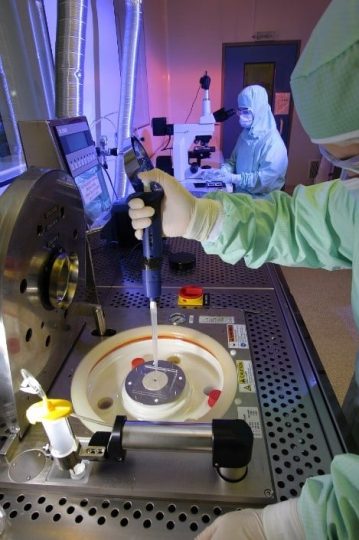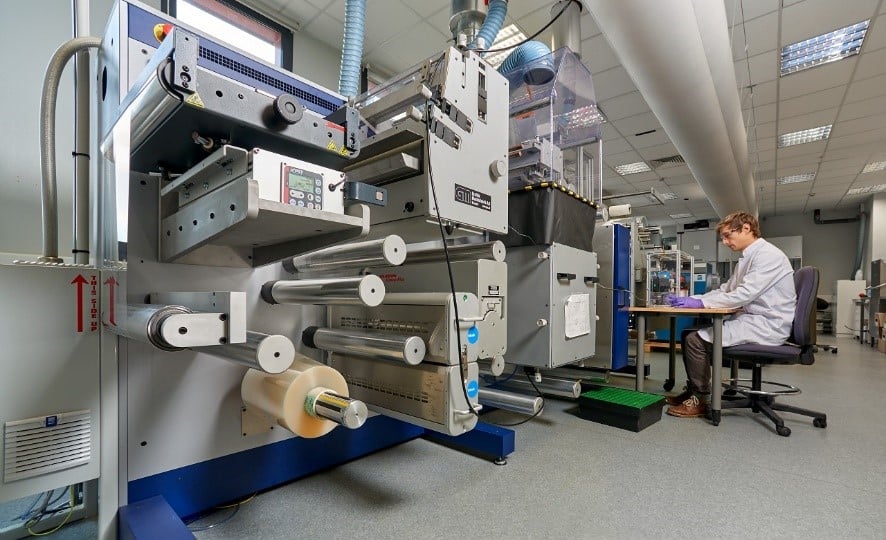You are here : Home City of energies > CEA-LITEN
CEA- LITEN
CEA-Liten, a member of the Carnot Institute “Energies of the Future”, located at the CEA-Grenoble and INES (Chambéry) centers, is dedicated to the energy transition. Its activities focus on several key areas: solar energy, network management, storage including batteries and hydrogen in a logic of energy efficiency and circular economy. It addresses numerous applications in the energy production and distribution, transportation, industrial processes and environmental markets.
Thanks to its position within the CEA, Liten has become in 15 years a major player in technological research by developing complementary, competitive and more environmentally friendly solutions in order to deploy a multi-vector, multi-scale and multi-temporal energy strategy.
In this perspective, our main research axes are focused on :
- Develop high-performance solar photovoltaic components and integrate them into innovative and competitive systems
- Design and develop future generations of batteries combining performance, safety and durability
- Designing production, storage, transport and conversion technologies for the deployment of the hydrogen industry
- Design and use digital tools to optimally size and control energy systems and networks – electricity, gas and heat
- Develop components for the management of electrical energy (power converters) and thermal energy (generation, conversion and storage)
- Integrate the principles of the circular economy “reduce, reuse, recycle” into all our developments in order to reduce the footprint of the energy transition on raw materials
- Develop technologies for converting CO2 and carbonaceous resources into synthetic products of interest for energy or chemistry.
To carry out its missions, the Institute relies on its 13 technological platforms, its portfolio of more than 1,750 patents, and mobilizes the expertise of a thousand researchers, technicians and support teams.
LITEN IN SHORT :
- Created in 2004
- Based in France in Grenoble and Chambéry
- 1000 employees
- 1768 patents
- 200 publications per year
- More than 200 industrial partners
- Annual budget of €140 million
- 150 PhD students and post-docs
- 13 Labelled platforms
